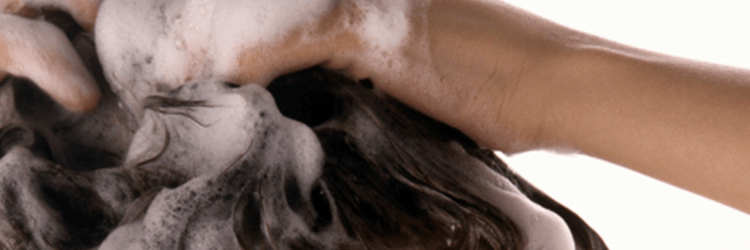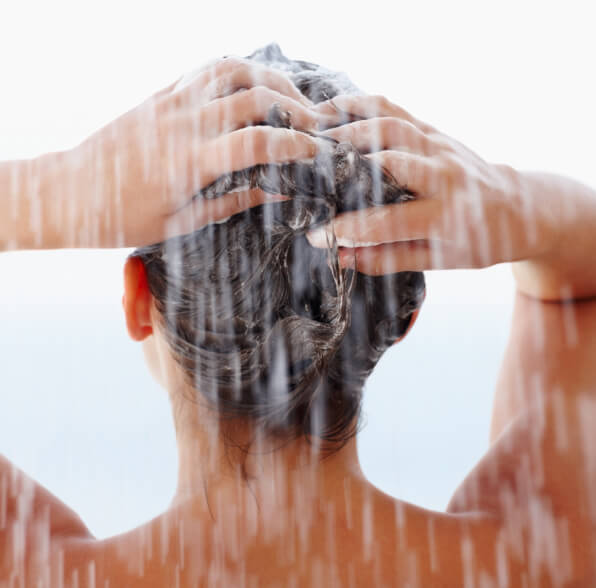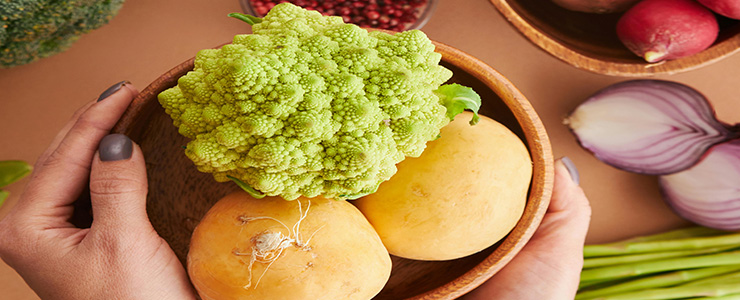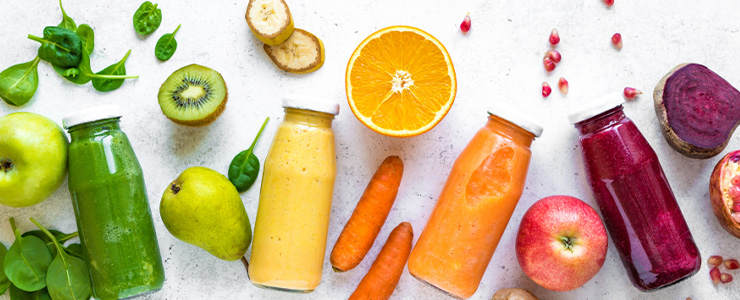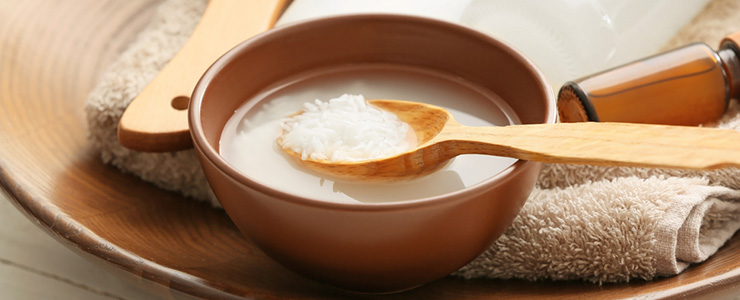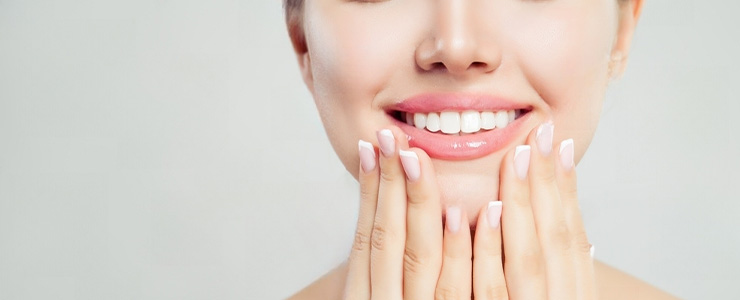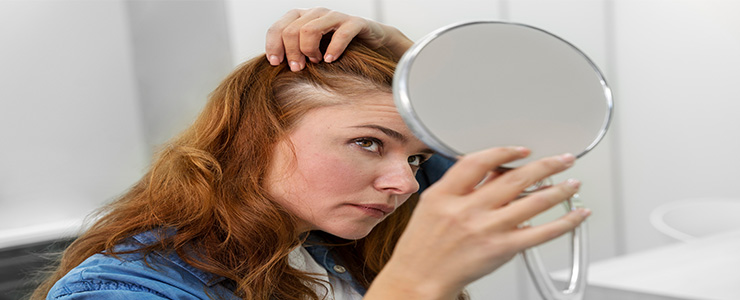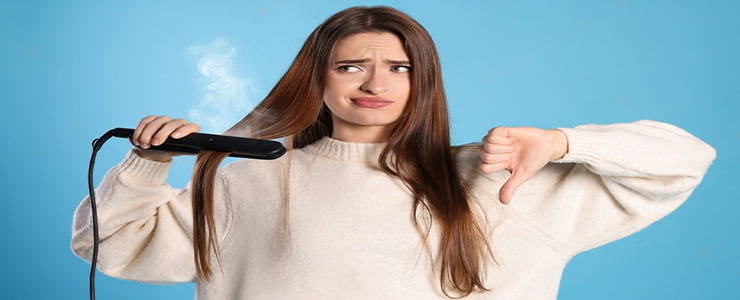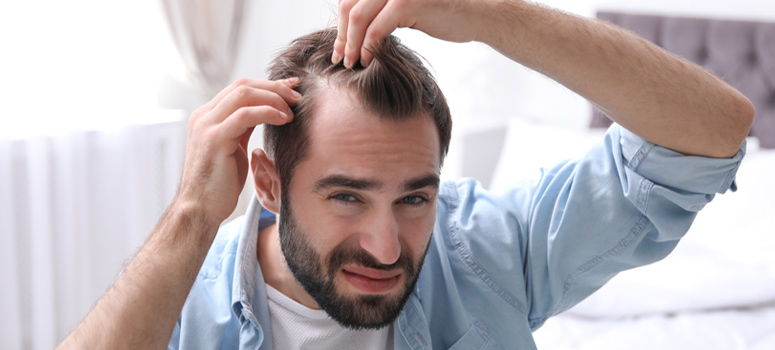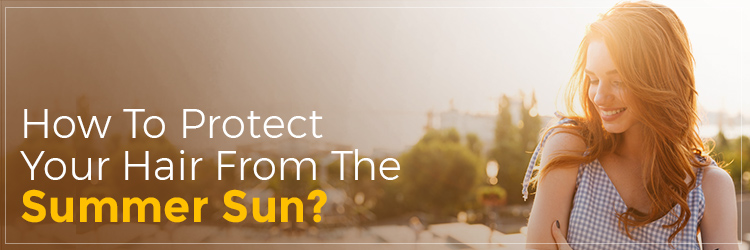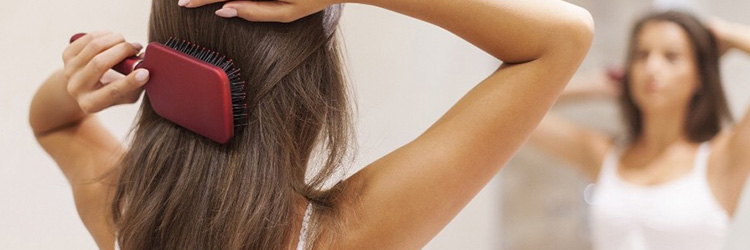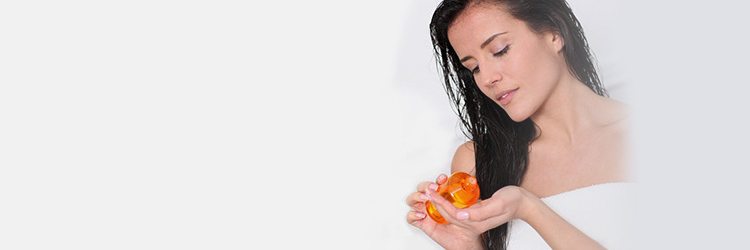For most of us, washing one’s hair is as routine an affair as brushing one’s teeth. While some use only shampoo, others go for a conditioner after that, and some prefer a shampoo plus conditioner formulation.
Understanding the structure of hair
Your hair is actually shafts of flake-like dead skin cells that overlap each other, forming a cuticle layer over a delicate hair strand. When light falls on this cuticle layer, it is reflected, giving a natural shine to your hair. When the cuticle flakes overlap each other very tightly, your hair looks best. And when the cuticle layer is damaged and the cells are not snugly packed anymore, much like a frayed rope, your hair goes limp or looks frizzy. And then these frayed cuticles of different hair strands get entangled resulting in hair breakage and hair loss.
-
- Deconstructing the hair conditioner
Conditioners reduce frizz, decrease friction and make your hair manageable. Hair conditioners have certain cationic surfactants made of positively charged molecules that bind to the negatively charged hair strands. Damaged hair is more negatively charged. The surfactants completely envelop the hair strands, and the acid in the conditioner pulls the cuticle flakes back in place against each other, and, as a result, your hair feels smooth.
Conditioners have anti-static and lubricating substances like polymers, oils, waxes, thickeners or bodying agents, emollients, emulsifiers, hydrolyzed amino acids and cationic molecules. Silicone is the most active conditioner agent. [3]
-
- Why conditioner is important for your hair?
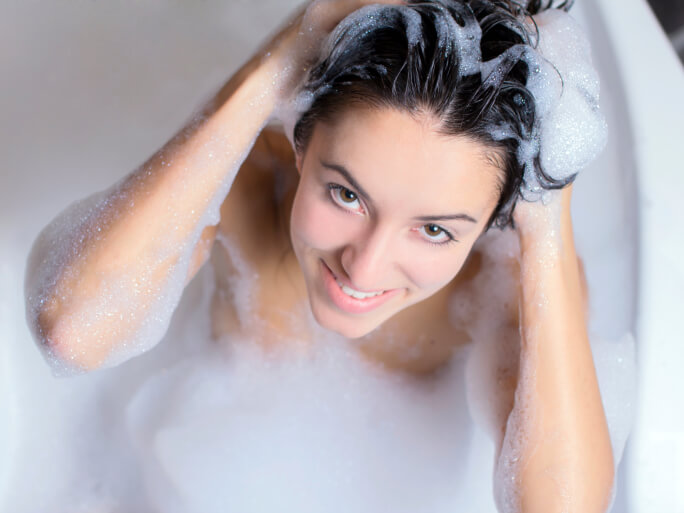
-
- Correct usage of conditioner
Some people complain that their hair appears limp or flat when they apply a conditioner. The reason could be the wrong product, wrong quantity, or wrong way of application. The right way to apply hair conditioner is to first slightly pat dry your hair with a towel, and then apply a dollop of conditioner, at the most the size of a walnut, from ear-level to tips of the hair. After leaving it on for some time according to the instructions on the product label, it should then be rinsed thoroughly to avoid build-up. The scalp makes its own oils, so avoid using conditioner on the scalp. And don’t try to lather the conditioner, as it is different from your shampoo.
- Depending on your need, you may use: [3]
- Instant conditionerApply right after shampoo, leave for a while, and wash off. It is ideal for daily use.
- Deep conditionerConcentrated formulation that needs to be left on for 20-30 minutes; it is good for very dry or chemically treated hair.
- Blow dry conditionersThey don’t contain oil and can be left on hair. These are beneficial for people with fine hair or too much scalp sebum.
- Hair glaze/ hair thickener
They contain proteins and coat the hair shaft, adding more volume.

